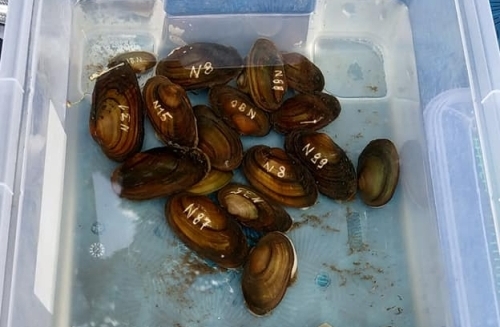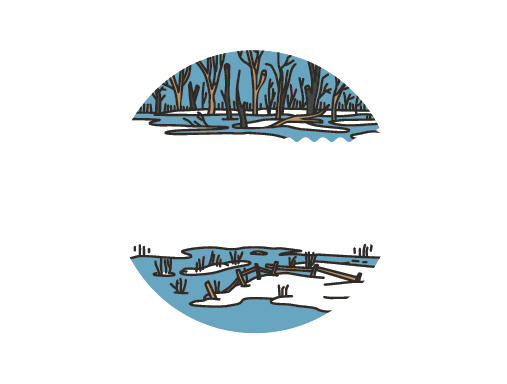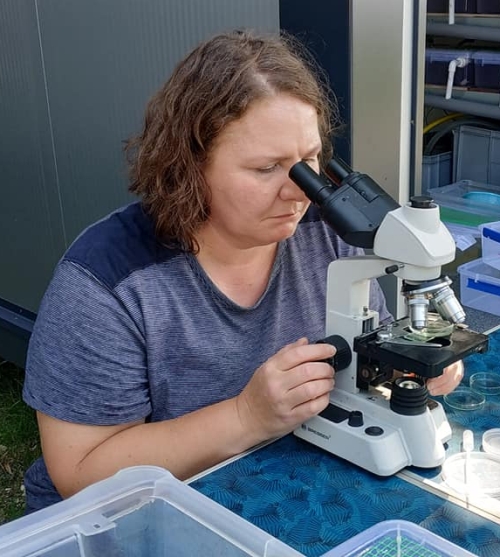
27 Aug Breeding of thick shelled river mussel
The thick shelled river mussel is a large freshwater bivalve mollusc, once one of the most widespread freshwater bivalve molluscs, nowadays one of the most rapidly dying species. Under the Life17 project, (Unio crassus) was covered with an active protection.
The name of the thick shelled river mussel comes from its thick shell walls. The species can filter 40 l of water per day, hence it is sensitive to pollution, especially ammonium and nitrate ions from over-fertilization of agricultural land. Several decades ago it was common and its shells were used to make buttons, musical instruments linings and decorative objects. The river mussels are able to travel the distance of merely 2 meters, but their offspring attach themselves to the gills of certain species of fish, move with them over long distances and colonize new habitats.
Under the project “Renaturalization of the Inland Delta of the Nida River”, degraded or endangered habitats will be restored, which will increase the population of the river mussel.






